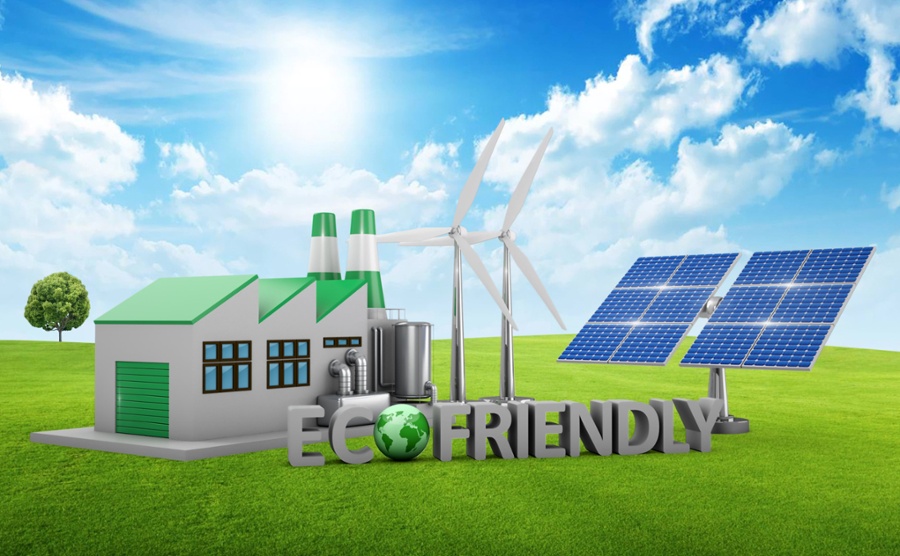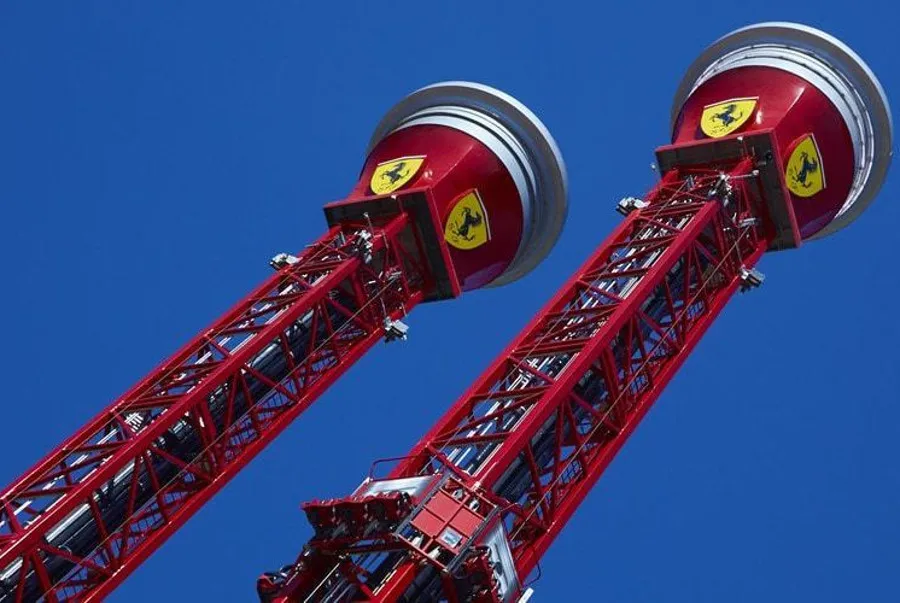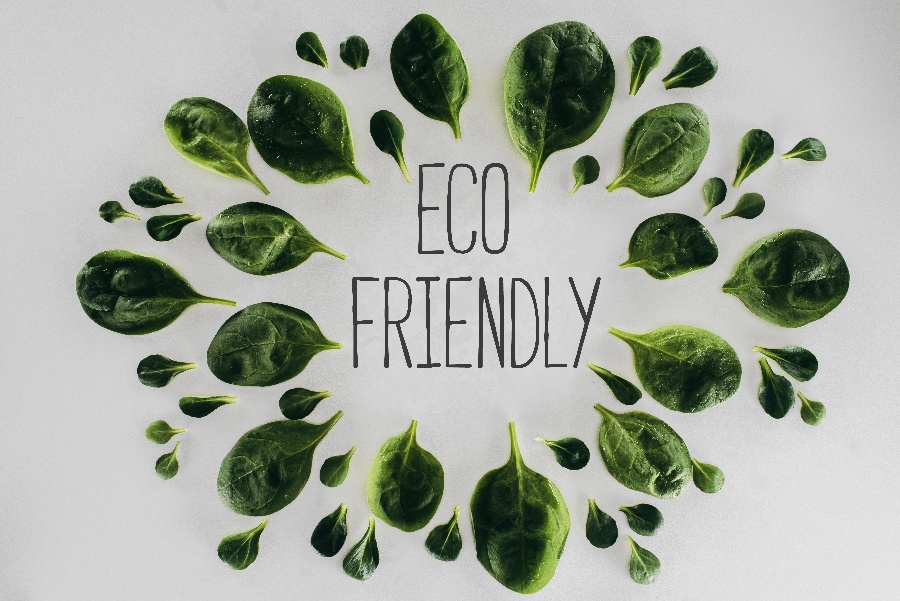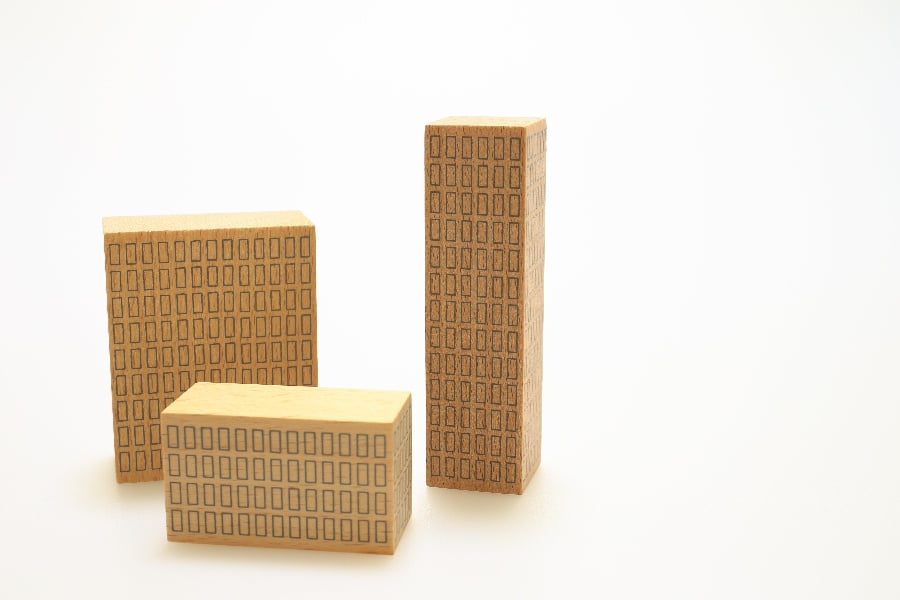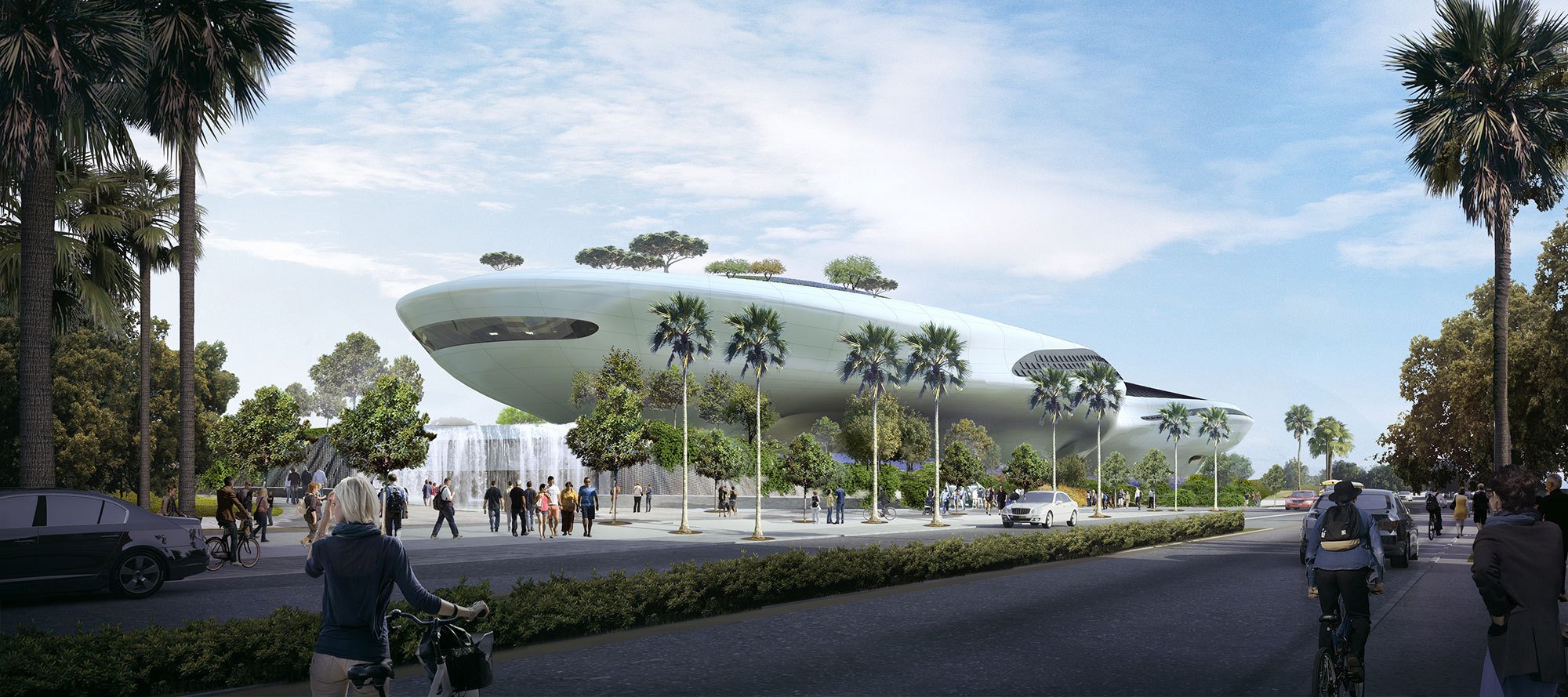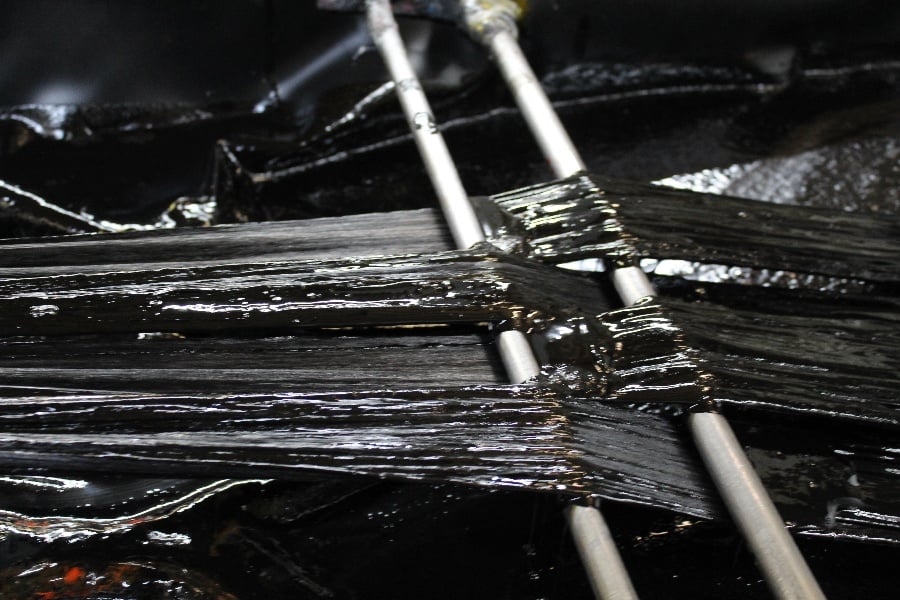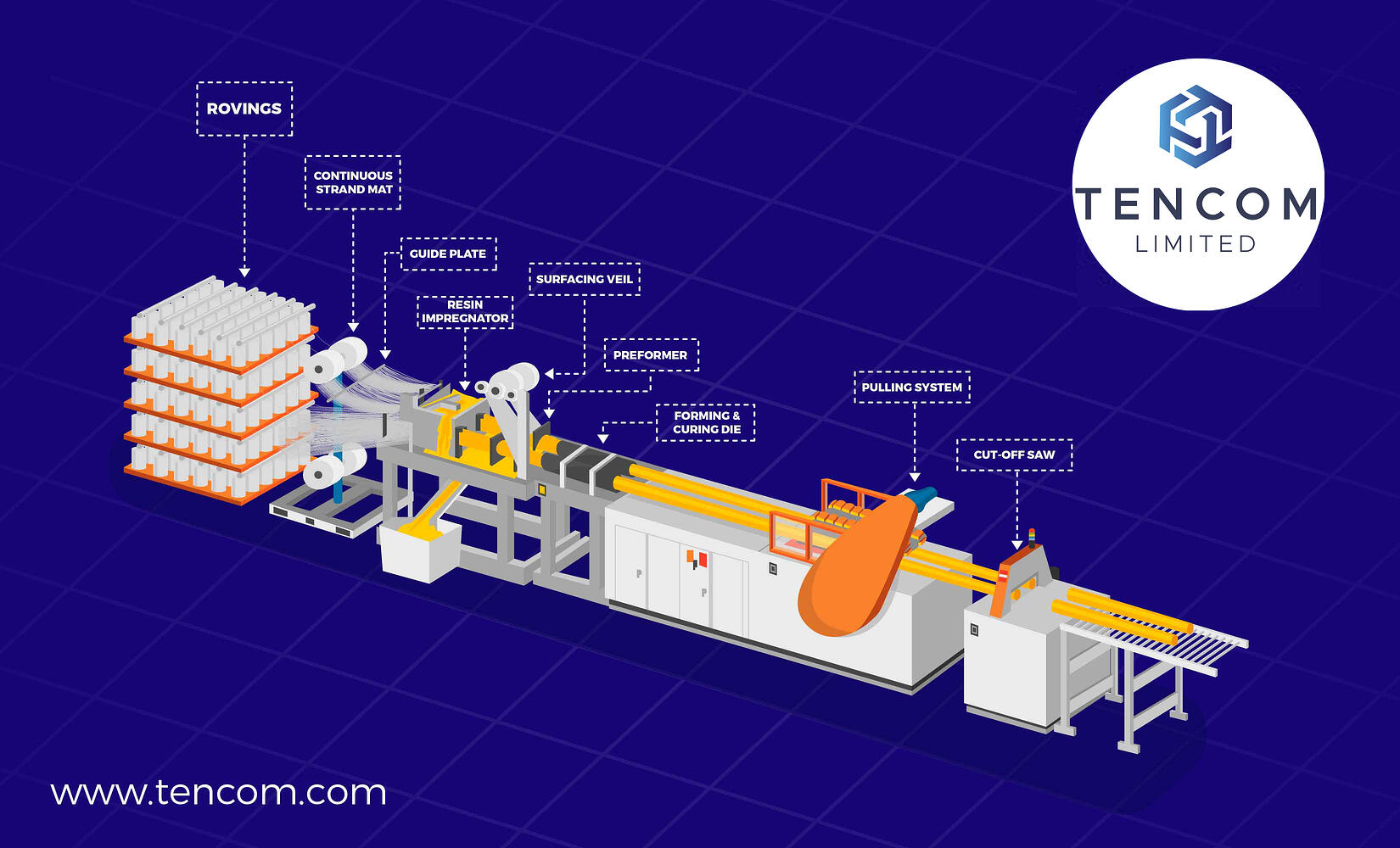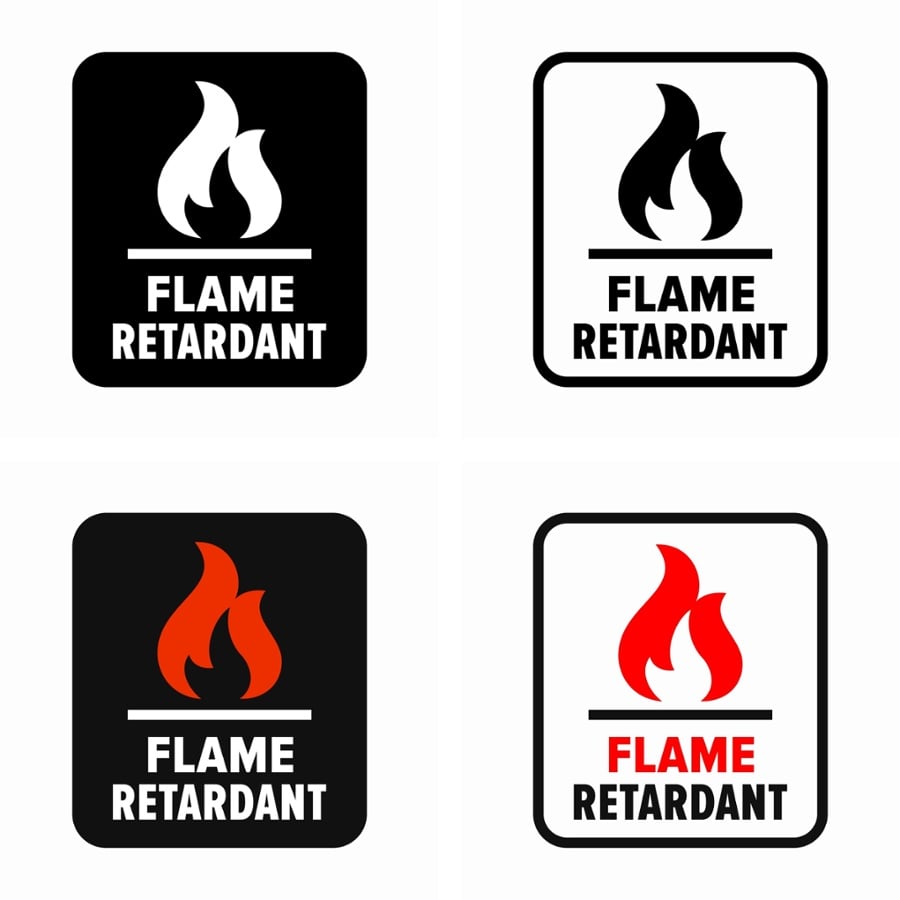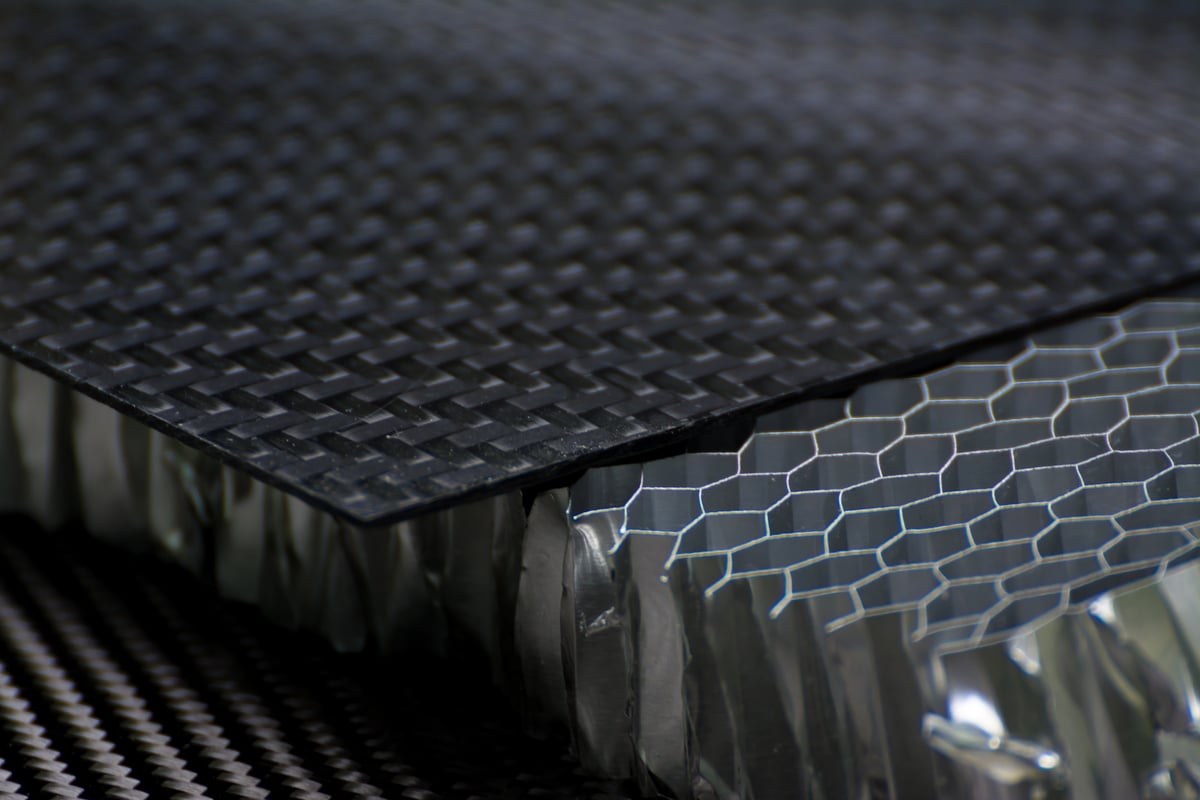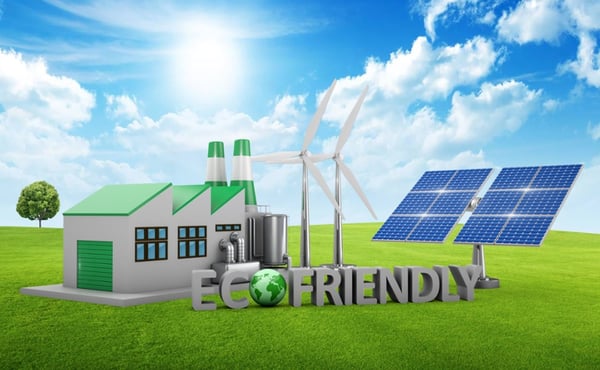
The pultrusion process is becoming increasingly popular as more manufacturers are coming to the realization that it’s an efficient and cost-effective method of creating fiber-reinforced plastics.
The automotive industry is already taking big strides to adapt to the use of pultrusion and implementing the replacement of conventionally used aluminum and steel with parts made of composite. This results in a vehicle that weighs far less, has fewer emissions and a lower fuel usage.
Plastic pollution and climate change are on the up and many companies are trying to adapt to a greener organization, that reduces its carbon footprint.
Here are 10 reasons why pultrusion is a more eco-friendly option for manufacturers.
Hold the Heat
There’s far less heat input required for the pultrusion process, in comparison to manufacturing aluminum and steel.
This reduction in the amount of heat used isn’t only cost-efficient but it also significantly reduces the amount of water that’s needed for cooling.
Wastage
Manufacturing aluminum and steel parts can create a vast amount of waste. Pultrusion produces less waste at the start-up and the end of the process.
The amount of resin used during the resin bath is significantly reduced when utilizing pultrusion to create FRP profiles.
Furthermore, a clean pultrusion method can reduce the volume of solvent consumed to clean the resin impregnation equipment.
Energy Efficiency
For companies that are tying eco-friendly initiatives into their organization, pultrusion is the perfect solution to cut down on energy bills and aid in sustainability.
There’s less energy used to create FRP profiles, in comparison to creating similar reinforcements made from steel or aluminum.
Furthermore, fiber-reinforced plastics are thermally efficient, which aids in conserving energy.
Less Pollution
In comparison to conventional methods of creating reinforcements from steel and aluminum, the pultrusion process produces fewer pollutants, toxins, CO2 and fumes.
Clean Pultrusion Reinforcements
A method of pultrusion that uses pre-impregnated tapes is referred to as “clean pultrusion.” This environmentally friendly version of pultrusion can drastically reduce the environmental burden of the manufacturing process.
The other benefits associated with clean pultrusion are the time required to clean resin impregnation equipment, the amount of solvent used for cleaning after each scheduled production and a reduced amount of chemical exposure to the workforce.
Logistics
Transporting steel and aluminum can require an extensive amount of preparation and resources. For companies that are looking to cut costs and save money where they can, using FRP profiles can ease the financial burden.
Fiber-reinforced plastics weigh significantly less than steel, resulting in significantly less energy consumed to transport.
Recycling
Pultruded FRP profiles can be recycled and reformed into other plastic-based products, increasing the use out of FRP profiles and reducing any wastage.
Longevity
When comparing fiber-reinforced plastics to other industrial materials such as steel and concrete, FRP profiles are resistant to corrosion, severe weather conditions and extreme temperatures.
Fiber-reinforced plastics have a life cycle of 75-150 years, making them an eco-friendly option because they have to be replaced far less than other supporting materials.
The Bottom Line
There’s no doubt that the pultrusion process to create FRP profiles is an eco-friendly solution for manufacturers to create reinforcements.
In comparison to other industrial materials such as steel and concrete, fiber-reinforced plastic can help companies to save the planet, energy, time and money.
Many industries are beginning to incorporate a green initiative into their organization and vision. Pultrusion can help manufacturers bring their vision of a greener, environmentally friendly company to life.

